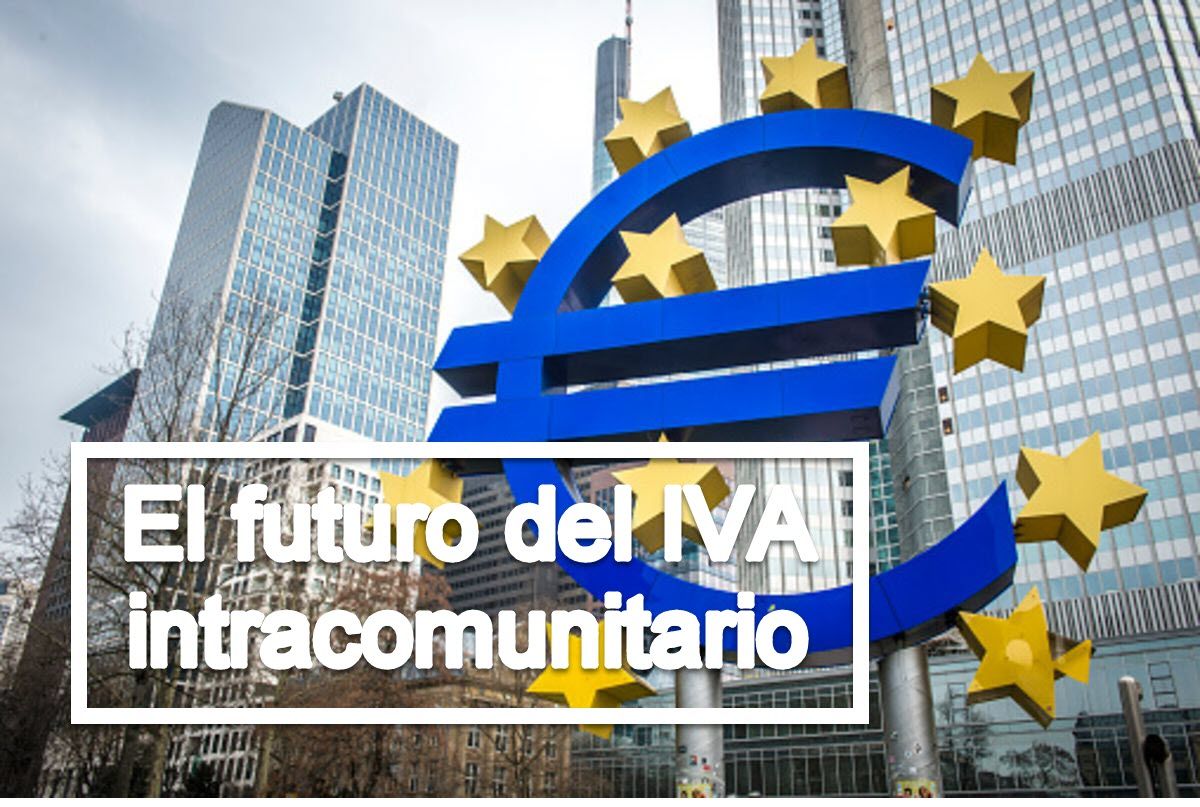
13 Oct The future of intra-community VAT
This year, the European Commission begins its most ambitious project in terms of intra-community VAT of the last 25 years.
With the objective of reducing the multi-million fraud suffered by some EU member countries, last Wednesday Brussels presented a regulatory reform of intra-communitary VAT so that European partners can recover 40,000 million euros each year, according to estimates.
Currently, the operation of Intra-communitary VAT works (in general terms) in the following way: vendor companies issue their invoices without VAT, since the process of exchanging products across the member states enables the exemption of said tax, the taxable event being carried out in the destination country. Because there is no customs control, the traffic of these goods is subject to the reverse charge procedure, which simultaneously quantifies the VAT charged and the input tax (deductible if it meets the requirements of article 92 and subsequent articles of the Law on VAT).
The fraud described above consists of the creation of shell companies who import VAT exempt goods, sell them charging the VAT of the destination State and, once they have charged VAT, they disappear without paying it to the authorities.
Brussels hopes the reform will reduce the amount of fraud suffered by 80%, as well as enabling the group of companies to save up to 1,000 million euros in bureaucracy.
The main lines of the reform announced by the European Commission are as follows:
- Tax frontiers will be eliminated creating one single taxation area in which VAT will always be paid in the country of origin of the good or service.
- The VAT exemption in intra-communitary operations between businesses will be abolished.
- The concept of certified taxable person will be introduced, enabling businesses to hold it and continue carrying out cross border operations without charging VAT.
- Vendor companies will charge VAT in accordance with the taxation rate of the destination country.
- A one stop shop will be created which will facilitate the process of the declarations and payments using a single online portal with the language of each country.
- Member states will pay VAT between each other and directly.
This ambitious process will take at least 5 years to fully carry out. However, Brussels has sequences the changes in two stages:
Brussels calculates that the transformation will be completed in 2022. But the precedents indicate that fiscal reforms can take years to agree on.

